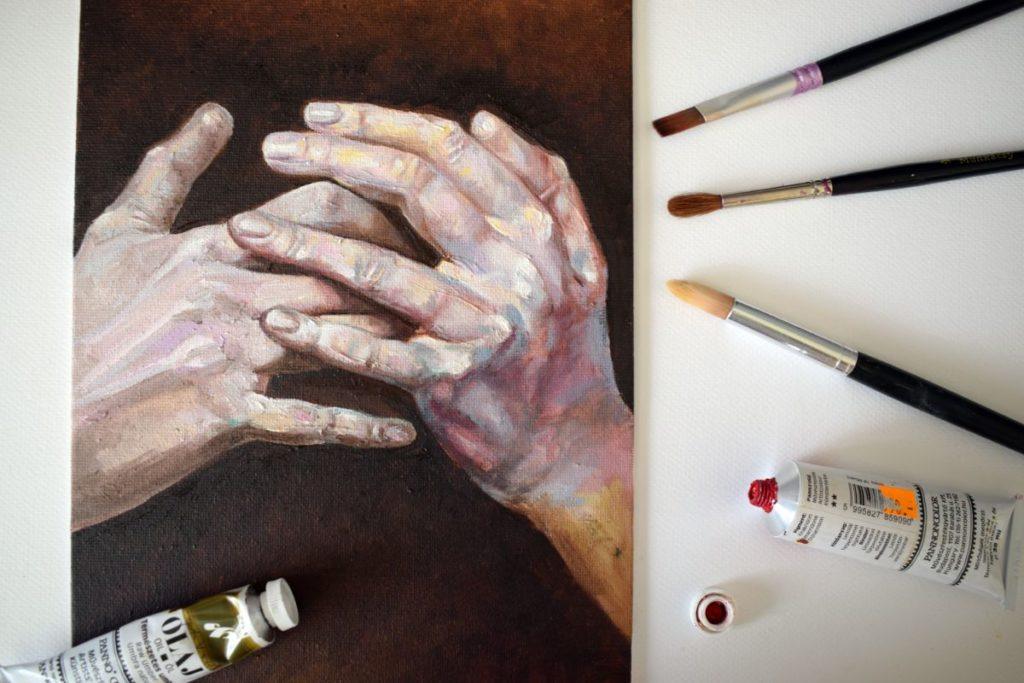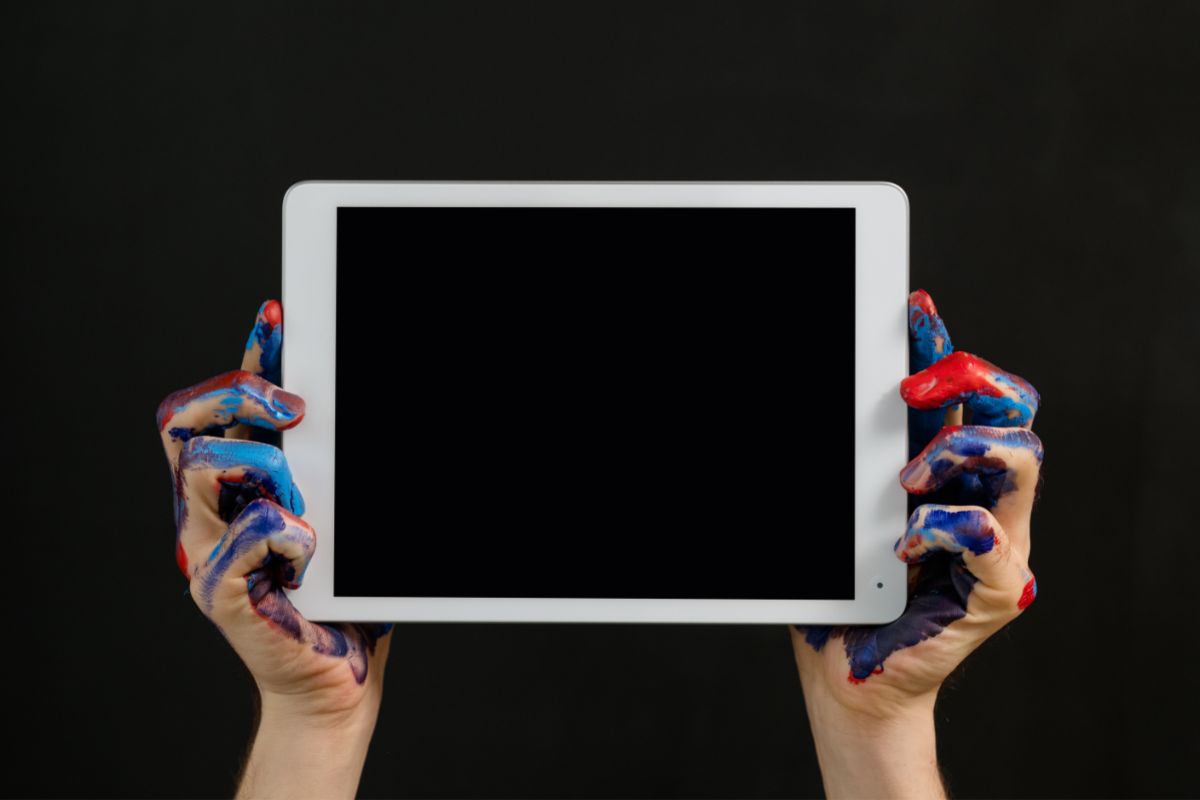[…] Art Storefronts publishes this blog post How To Copyright Your Artwork […]

How To Copyright Your Artwork
When it comes to art, it is not only a part of you in terms of your creativity and your soul, but it is something that you want to share with the world – but of course, as an investment.
To protect such an investment from all of your hard work, the last thing you would want is for your work to be stolen or copied without permission and receiving absolutely no monetary compensation for it.
This has become even more important with the rise of the internet, as your art can essentially now be copied and used without you even knowing!
So, you will want to know how to copyright your artwork.
Well the answer involves a lot of elements, but you will want to start with registering your work with the Copyright Office of the US.
Along with this, you will want to take a number of extra steps to protect your intellectual property.
Therefore, let’s examine what you should be doing to copyright your artwork and protect your intellectual property.
Read on to learn more.
Sign Your Work
Before we go any further, it’s a really good idea to start to get into the habit of signing your work and protecting it at a very basic level.
As copyright is already automatically granted at the point of creation, this can cement your claim to it.
Signing your artwork will not only be the first indicator that it is already a claimed piece of work, but it also indicates to others that the work belongs to someone else, and you can use it as your own “seal” to show authenticity.
It can be difficult to know how to sign your work and there are a few things you should remember.
Without going into too much detail here, remember to sign it in an appropriate location with the right tool.
Register The Work With The Copyright Office Of The US
This step is primarily aimed at artists based in the United States.
If you are a US artist, then this step is absolutely necessary in protecting your work from intellectual property theft.
As we mentioned, although copyright is already automatic once you’ve created your work, this step is almost your insurance policy against someone claiming your work as their own.
Not only this, but if you did end up in a legal dispute against copyright theft, you can legally demand more money in the lawsuit if your work is registered with the copyright office.
It’s quite simple to register your work with the copyright office of the US.
All you need to do is head to the Library of Congress website and select the option for the electronic copyright office (eCO).
Follow the instructions and once you’ve completed all the necessary steps, you will be asked to pay the fee for the application.
Once the registrar’s office has fully inspected your work and application, they will make their decision.
If the application is approved, they will then send you an official certificate of registration – and it is this document that will prove vital in any legal disputes regarding your artwork.
Don’t panic though, because the approved application will also be part of public record – in case you do misplace this document.
Artists outside the US, or artists on a US visa may not be able to complete this step, and while many countries have very similar rules and laws surrounding copyright, you will need to check with the country specifically.
Keep Records
Think about protecting your work as though you are planning for it to be stolen.
Take as many digital copies of your work as possible through photographs or planning documents on your computer.

As we said, this sort of planning will be essentially “evidence gathering” in the eventuality that you are involved in a legal dispute.
Luckily with digital records, there will often be metadata that you can access.
This metadata will be able to show dates and times as to when you initially began your planning, completed work and other essential information that a court might need to be shown.
Understand The Risks
Some art can be copied and it will be blatantly obvious, whereas others are not so much.
For example, if you are using an animal or a creature in your work that can be used in other people’s art, it might be difficult to prove your creative contribution to the piece.
However, if you create more abstract work – it might be difficult to replicate and will be incredibly obvious that the work has been copied if a court is shown the two pieces.
You should also understand that if you are placing your artwork on a website, this can be useful but also risky.
Protect Your Art On Your Website
As we said, keeping your artwork on your website can be an excellent way to show the world your art and your portfolio, which can attract potential business – but it also means that the work is out there, open to people who can steal it!
Did you know Art Storefronts have an Image Security Feature which disables the “right-click” and “save-as” to each image uploaded. Here’s the link to read more.
Here’s some tips for protecting your artwork online:
Add Watermark
Watermarks are a way to credit you as the artist and it is almost impossible for anybody to remove a watermark if they plan to save the image to their device.
Essentially, it will be obvious if they redistribute the image that it does not belong to them.
Convert The Images To Flash Slideshow
If you convert your images to a Flash slideshow, it becomes almost impossible for others to right click and save images and they won’t be able to screenshot the image without needing to edit and crop.
Final Thoughts
Copyrighting your art is essential and you should always take these steps as though you are planning for infringement to occur. Good luck out there!
Sell More Art Online
If we can't teach you, no one can!


